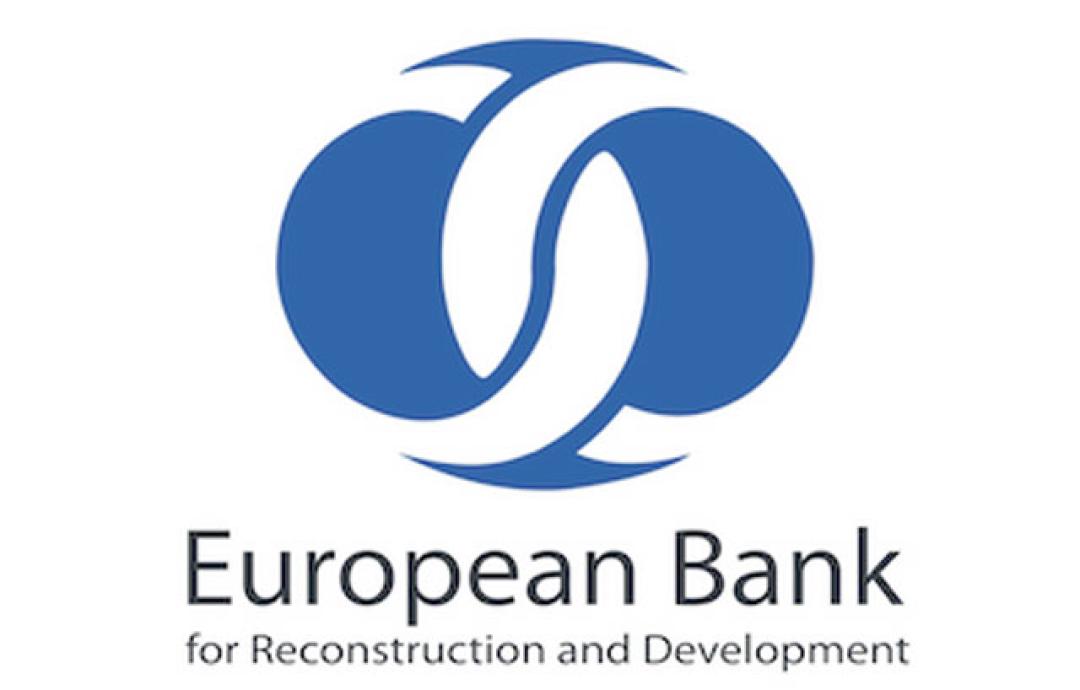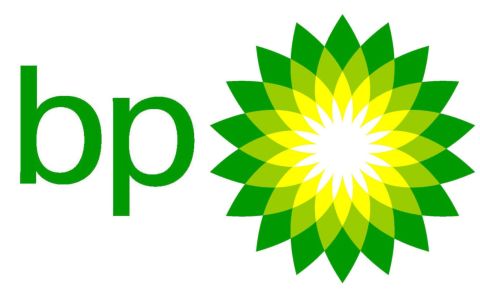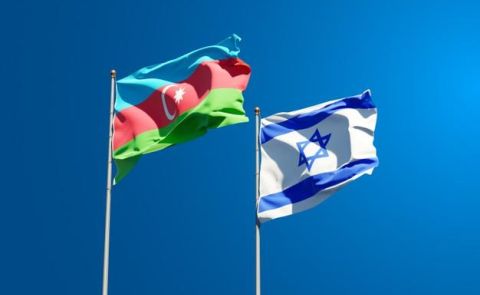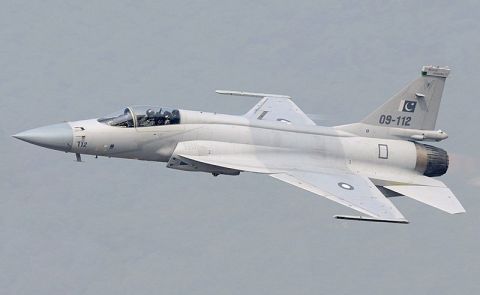
EBRD Keeps 2025 Growth Forecast for Azerbaijan at 3%; Warns of Regional Trade Shifts as US Tariffs Threaten Azerbaijan’s Aluminum Exports

On May 13, the European Bank for Reconstruction and Development (EBRD) forecasted Azerbaijan’s economy to grow by 3% in 2025 and 2.5% in 2026.
The EBRD maintained its February estimates, noting that non-oil sector development and sustained public investment would remain the primary growth drivers in 2025. However, it warned that the economy remains highly sensitive to fluctuations in oil and gas prices, declining external demand, trade policy uncertainties, and potential disruptions in regional normalization processes. In 2024, Azerbaijan’s economic growth accelerated due to robust non-oil sector development and significant public investment, with real GDP expanding by 4.1%, up from 1.4% in 2023. The non-oil sector grew by 6.2%, compared to 3.7% the previous year, driven by revivals in construction, ICT, transport, and tourism. Economic activity was bolstered by rising real household incomes and extensive infrastructure investment. From March 2024, the oil and gas sector resumed growth due to increased gas output for European markets.
The EBRD reported that in the first quarter of 2025, real GDP growth slowed to 0.3% year-on-year, down from 4% in the same period of 2024, as weaker oil and gas output offset strong non-oil sector momentum. Inflation remained within the Central Bank of Azerbaijan’s (CBAR) 4% (±2%) target range, fluctuating between 0% in April 2024—the lowest in over nine years—and 5.9% in March 2025. Responding to easing inflation, the CBAR lowered its key policy rate by 175 basis points from 9% in November 2023 to 7.25% by May 2024, maintaining it at that level since.
In the Eastern Europe and Caucasus region, growth slowed from 4.5% in 2023 to 3.9% in 2024 as the effects of intermediated trade and labor and capital inflows diminished, with growth expected to moderate to 3.5% in 2025 before recovering to 4.3% in 2026.
The EBRD highlighted the strategic potential of the Trans-Caspian International Transport Route (TITR, or Middle Corridor) for Azerbaijan’s transport sector, noting that medium-term trade via this China-Europe route could create new opportunities as peace efforts in the region open new trade routes and attract investment. The TITR, connecting China through Kazakhstan, the Caspian Sea, Azerbaijan, and Georgia to Europe, has gained relevance amid shifting global logistics patterns. In 2024, cargo transport via the TITR increased by 62%, reaching 4.5 million tons, with 5.2 million tons anticipated in 2025, including 2.5 million tons of dry cargo and 1.7 million tons of oil. By 2027, the route’s capacity may reach 10 million tons annually, enhancing Azerbaijan’s transit potential and infrastructure investment prospects.
The EBRD also warned that anticipated changes in US trade policy could significantly impact exports from EBRD region countries, particularly as new tariffs would raise the average effective US tariff on imports from the region from 1.8% in 2024 to 10.5%, accounting for exemptions on energy and pharmaceuticals. In 2024, Azerbaijan, Türkiye, and Moldova faced the highest effective US tariffs, with Azerbaijan’s aluminum exports particularly affected.
See Also


BP Strengthens Presence in Azerbaijan’s Offshore Energy Sector

Netanyahu’s Letter to Aliyev: Mutual Trust, Solidarity Following Hamas Attacks, Facilitating Dialogue Between Israel and Türkiye

Azerbaijan Expands JF-17 Thunder Fighter Jet Order from 16 to 40 Units

EU Commissioner and NATO PA Warn Georgia Over Democratic Decline Amid Accession Challenges

